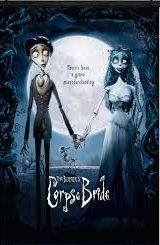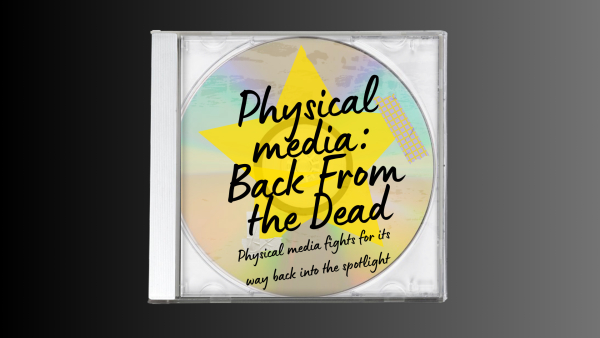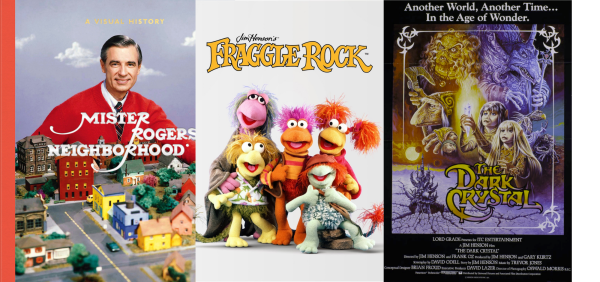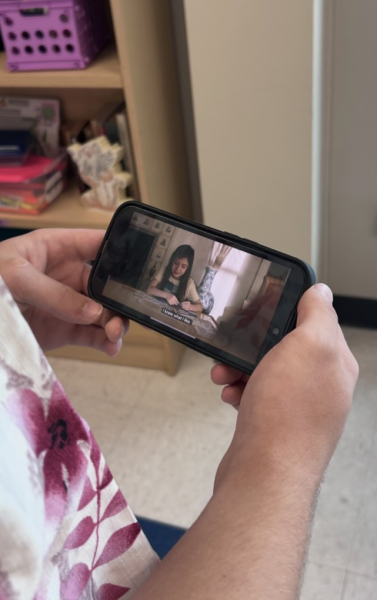THE CORPSE BRIDE: CENTERING, DIFFICULTY, and POWER
The Corpse Bride:
The Corpse Bridge proves that ‘children’s’ movies don’t have to be about only pleasant things. Despite having watched other Tim Burton directed movies and being a fan of stop motion (The Fantastic Mr. Fox, Wallace and Gromit, and Coraline rank among my favorites) I had never seen The Corpse Bridge until last weekend.
It is an anomaly of sorts. Characterized as a family movie, it features gothic visuals, murder, and skeletons that sing and dance. Yet, despite the combination of elements that seemingly shouldn’t work, The Corpse Bride is cohesive, coherent, and enjoyable.
The setting is never explicitly established, but one can assume it’s set in the past. The Corpse Bride is primarily about Victor Van Dort (Johnny Depp) who is entering an arranged marriage with Victoria Everglot (Emily Watson). However, when Victor fails to deliver his vows correctly during the ceremony, he is sent away to practice. While rehearsing in the woods, Victor recites his vows perfectly and places Victoria’s engagement ring on what he believes to be a tree branch. It, however, is not a branch, but the hand of a corpse. The ring on her finger, the Corpse Bride (real name Emily, voiced by Helena Bonham Carter) arises and takes Victor to the underworld so they can be together. Victor must then find out how to return to the land of the living and wed Victoria before the evil Barkis Bittern (Richard E. Grant) can.

Aesthetically, The Corpse Bride is immaculate. The contrast of the gray world of the living with the bright, almost garish world of the dead is striking. Though occasionally jarring, the visual differences serve the ultimate idea of the story: An unfulfilled life is no better than being dead already.
This is also Victor’s character arc, as he gradually comes to realize that he has to be an active participant in his own life. Further, Victor must assert himself if he wants to be successful, whether this be in his relationship with others or his own personal goals.
The Corpse Bride is unafraid to hurl challenges and obstacles at its main character, so every time Victor succeeds, it feels earned. This is the same treatment Emily receives.
The movie sees Emily start out resigned to her fate as the perpetually unloved and abandoned bride. She is discontent with this, but does little to push against what has happened to her. She isn’t mad about having been murdered, nor does she seem to replay the events in her mind. Instead, she presents as being quiet, delicate, and reserved.
When around Victor, Emily begins to see the truth of her situation. She has some frustration towards Victor for having a life and opportunity, yet choosing to do nothing. Emily begins to change. She is emboldened, and asserts her own will.
Emily and Victor both ultimately realize that they must seize power over their own lives.
It is this metric, however, that makes the failings of the movie more apparent.
The obstacles of the story are focused on Emily and Victor. Thus, the audience’s gauge of narrative completeness and growth are judged by the arcs of Emily and Victor. Victor’s character fulfills this, as his final story moment consists of fighting for the girl he loves and affirming his right to happiness. Yet, Emily’s arc ends with her giving up power and passing on to the next life.
To an extent, Emily does remain autonomous by both confronting her killer and giving her blessing for Victor and Victoria’s marriage. Generally, however, Emily reverts to her personality at the beginning of the movie. Again, Emily has little anger towards her killer, and is more interested in her own selflessness than she is in confronting those who have wronged her. Further, Emily gives up her relationship with Victor, the only relationship where she feels like an equal.
The story is supposed to be about Emily gaining confidence and living the best undead life available, but the story ends with her losing once again, forever condemned to be the saintly sufferer.
This not only wrongs Emily, but Victoria as well. In isolation, Victoria is interesting and similar to Emily. Both spend the early part of the movie feeling as though life is happening to them, and end realizing that they must change their own future. The Corpse Bride, though, places the emotional weight of the story on Emily. All that Victoria does and all of the risks she takes are pushed into the background. She does not get multiple musical numbers dedicated to her life like Emily, nor is her relationship with Victor as developed. Even still, the audience is pushed to prioritize the underdeveloped love of Victoria and Victor over the well-explored connection between Victor and Emily.
Of course, this isn’t to say that Emily and Victor should end up together. There is no way for Emily to come back to life, and tonally it’s strange to have Victor choose to die for a woman that he spent a portion of the movie trying to escape. The movie understands this to an extent– it knows the relationship between Emily and Victor is that of friends rather than partners, and it understands there’s no way for the two of them to be together without creating a muddy moral.
If the movie knows this, then it also should have known Victoria needed more screen time, or it needed to shift Emily’s initial desire to have Victor as a husband to wanting him to be her friend.
After all she’s endured, Emily may not want to be married, maybe she just wants to be understood.
Despite my mixed feelings on the end of the movie, it is still worth watching. Whether it be for the risky creative choices, enthusiastic narrative elements, or the dancing skeletons, The Corpse Bride deserves its place as a seasonal treat.
7/10 would return to the land of the dead again
Further Breakdown:
Writing Quality: 7/10 Enjoyability: 8/10
Pace: 6/10 Visual elements: 9.5/10
Plot development: 7/10 Insightfulness: 7/10
Characters: 7/10






